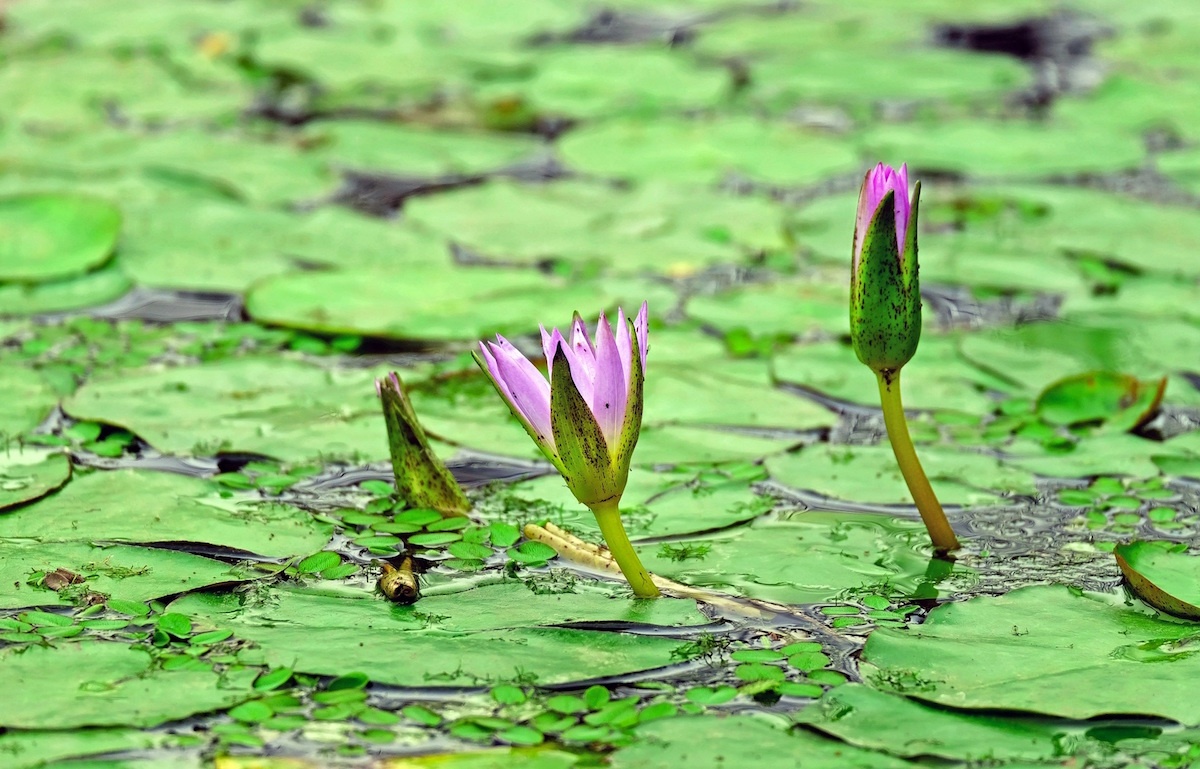I don’t know about you, but I’m thrilled to be at the start of a brand new year. Say what you will about 2016—and yes, I know there’s a lot to say about it—but there’s a great deal we can all take from it. Because no matter what kind of year you had personally or what kind of year it was in more general terms, there’s wisdom to be drawn from it. All of it—the good, the bad, and the downright horrific—can be a valuable teacher. It can offer great insight and clarity to support your journey in the year ahead of you, serving as the launching pad for new discoveries and breakthroughs. But in order to infuse your future endeavors with the wisdom of your past, you must be willing to take a brief but deliberate glance in the rearview mirror.
As the title of this post indicates, 2017 holds the promise of being a year to level up. It offers us all a chance to take our lives to the next level, using everything last year taught us as our springboard. So take this moment to reflect on your 2016 and see what stands out for you. What were the major events that most impacted you? What experiences challenged you most? What relationships were most significant for you, and how would you rate the quality of those relationships? What were your triumphs? What fears did you overcome? What held you back? What, if any, resolutions did you begin the year with, and how did you fare with accomplishing them?
With the information about your last year to support you, it’s time to set intentions for what’s to come. Here are a few things to keep in mind as you set your level-up in motion:
- Put your intentions in writing. Whether you’re creating specific resolutions or want to start your year with a more general sense of the possibilities you’ll create, it’s a good idea to put it all in writing. When we put our thoughts down on paper, we solidify them and make them more meaningful and useful. So by writing down your intentions for the year, you’re giving yourself a tangible guide to serve your process and support your ability to turn your intentions into results. Take the time to write down what you envision for your 2017. What does your personal level-up look like? Write it down in whatever way will most inspire you. It might look like a statement of purpose, a bulleted list, a letter to yourself, or a summary of everything you’ll accomplish. However you choose to write it, just be sure to get clear, concrete, and specific. Then put what you’ve written in a place that you’ll be able to see it all year long. You’ll be amazed at how much power there is in putting your intentions on paper.
- Focus on being as well as doing. Most of us tend to start the year with resolutions to do things more, less, better, or differently. And there’s a lot to be said for the value of doing that. But there’s a layer beneath the doing that we must address if we want to succeed: the layer of being. You see, the way you approach your intentions, resolutions, and commitments has everything to do with whether or not you’ll complete them. Let’s say, for example, that you set a resolution to “get in better shape” this year. The first step to having this happen will be to get a clear definition of what that means for you. The more concrete the goal, the more likely it is that you’ll accomplish it. So with that in mind, the original resolution becomes something like: “By June 1st, I’ll be able to wear my skinny jeans comfortably, with no love handles showing.” Now that you’ve got something specific to work toward, what’s left is putting forth the effort to have it happen. So here’s where the part about being comes in. If you’re going to make and sustain the efforts necessary to fit in those jeans, you’ll need to be a particular way. For example, you’ll likely need to be disciplined, focused, committed, energetic, consistent, creative, motivated, and self-aware. When you focus on the being underlying the doing, you ramp up your potential to successfully achieve everything you’ve committed to. And chances are, you’ll exceed your expectations and go beyond what you’ve thought possible. So when it comes time to plot your 2017 level-up, ask yourself, “How will I need to be in order to successfully do what I say I’ll do?” Then go have it happen!
- Decide what will support you, and put it in place now. Using everything you learned last year as your guide, give some thought to what will help bolster your 2017 level-up. Who are the people you can count on to hold you accountable? What habits, routines, or resources set you up for success? Based on what worked and didn’t work last year, what do you think you can put in place now to make sure you have it all happen this year? Perhaps you’ll consider keeping a journal or using apps like Strides or LifeTick to track your progress and keep you organized. Therapy or coaching are also excellent means of keeping you on track. Whatever you decide, putting your supports in place now will help you win this year.
- Start with the end in sight. One of the tricks to goalsetting is starting at the finish line. What this means is getting crystal clear about where you’re going in order to have a sense of how to get there. When you travel, you must first decide on a destination in order to know where to book your flight to, what to plan for, and what to pack. Similarly, you’ve got to know what the outcome of your goals will be so you know just what to do to make them happen. As you plan your 2017 level-up, take some time to envision what you want your life to look like on December 31st. Get as specific as possible, and don’t be afraid to dream big! Knowing what you want the end of this year to look like will help shape the journey from the start. You deserve to have it all, and you can! So let your vision be your guide, and plot the course for a stellar year.
Let this be the year you take your life to the next level. Let it be the year of saying yes to you and no to everything that doesn’t serve you. Take 2017 by storm, and show the world your best self. As always, I’m here to support you, guide you, and keep you company on your journey. Cheers to you, your best year, and your best life!










